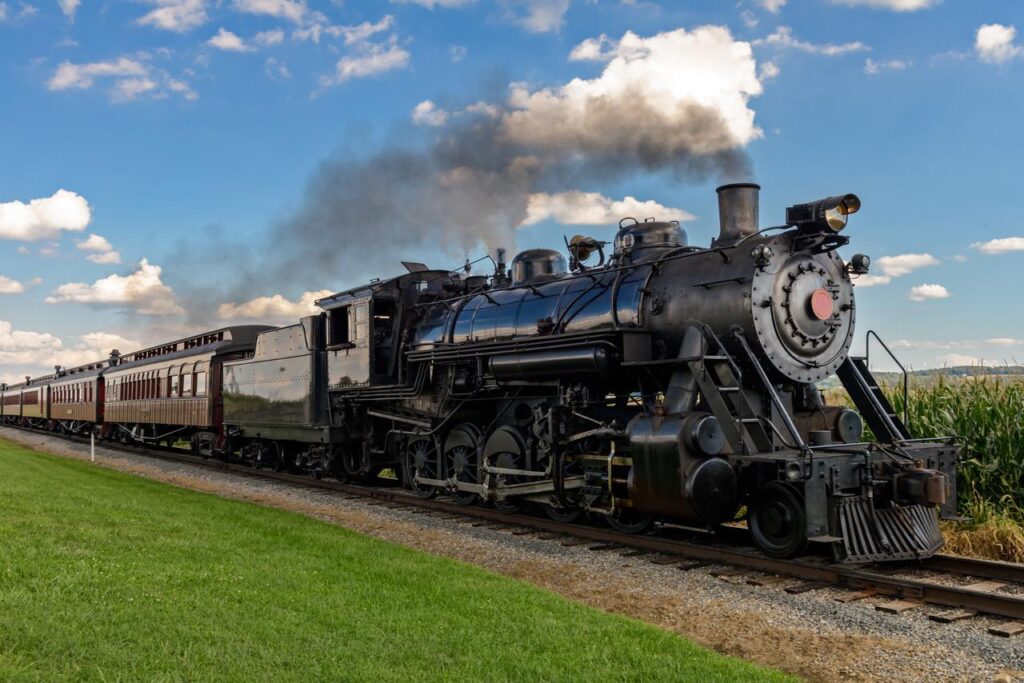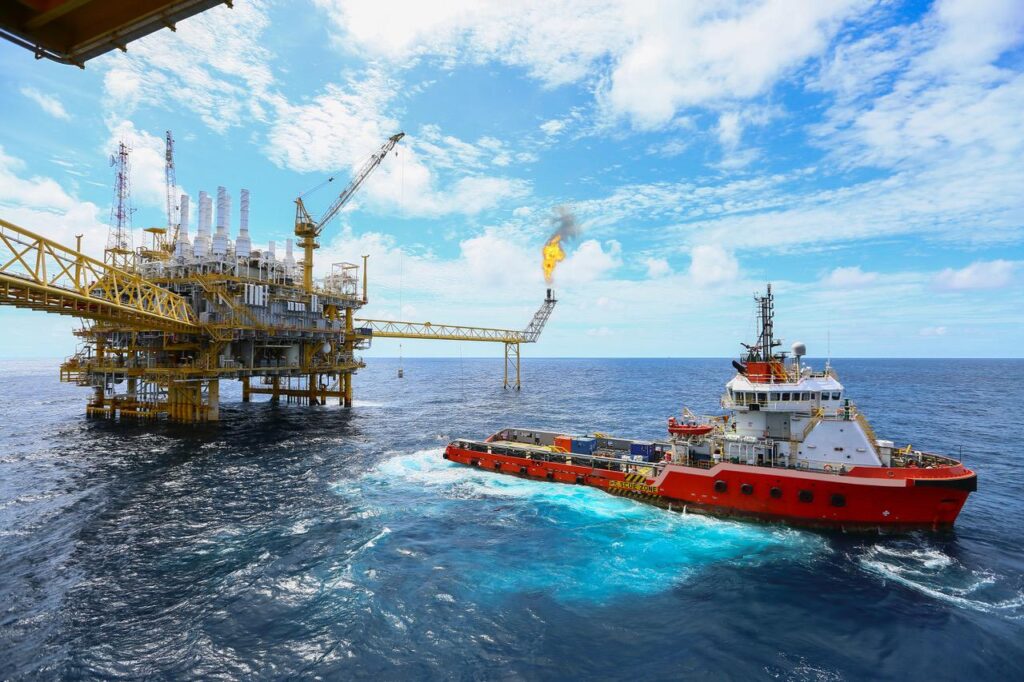Decreased Fuel Consumption
Increases Profitability By Using EcoBurn™
EcoBurn’s™ proven technology reduces diesel fuel consumption by 6-24%
In the competitive business of hydraulic fracturing, one company turned to improve profitability in the face of ever increasing diesel costs. Diesel fuel consumption was measured before and after implementation of EcoBurn™; the reduction in fuel consumption was 9% (+/- 1%) on average across three different steady state engine loads. The company hired an independent engineering consulting firm to conduct the tests, thus ensuring accurate and unbiased test results.
ENGINE & TESTING DETAILS:
Results were measured on a 2010 new Caterpillar 3512, 2250 hp, Tier 2 engine.
RESULTS & CONCLUSIONS:
Statistically significant reductions in fuel consumption were measured across all engine loads, 25%, 50%, and 75% loads. The chart below shows a summary of Baseline versus new Benchmark fuel consumption using diesel treated with EcoBurn™.

Reduced Emissions
Multi-Billion Dollar Company Increases Engine Up-Time Fold with EcoBurn™
EcoBurn™ eliminates equipment downtime and costly maintenance due to diesel particulate filter clogging
Losing money on equipment downtime and maintenance in the competitive business of hydraulic fracturing, one company turned to co when neither the manufacturer, nor the shop maintenance team could solve the problem. All BEFORE and AFTER emissions tests were performed according to EPA certified methods by a 3rd party engineering company. After initial implementation and testing, the company realized an engine up-time increase well beyond expectations that had been laid out for the project.
ENGINE & TESTING DETAILS:
Results were measured on a 2010 new Caterpillar 3512, 2250 hp, Tier 2 engine.
RESULTS & CONCLUSIONS:
Statistically significant improvements were realized across all four (4) EPA criteria pollutants, CO, CO2, THC, and PM. The charts below show a summary of Baseline verses new Benchmark emissions data for diesel treated with EcoBurn™.

Marine Diesel Engines
More Torque, Reduced Emissions and Fuel Consumption
A Large Tugboat Company Realizes >300% ROI
Setting out to find a solution to increase power and torque, one tugboat company turned to EcoBurn™. Proving “actual” results was critical, so they chose to hire an engineering consulting firm to run an unbiased test. What they achieved with EcoBurn™ far-surpassed their expectations.
ENGINE & TESTING DETAILS:
Results were measured in a triple screw motor vessel operating on the lower Mississippi River. All test measurements were performed by a 3rd party engineering company. Test equipment was calibrated according to manufacturer’s instructions and traceable to NIST (National Institute of Standards and Technology) prior to the test. EMD (General Motors) 2-cycle, 2,280 hp per engine three (3) engines. Maximum Load at Dead Rack (900 rpm). 13 month test period.
RESULTS & CONCLUSIONS:
Statistically significant improvements were realized across all 5 measured parameters. The chart below shows a summary of Baseline versus new Benchmark fuel consumption, exhaust and torque measurements using diesel treated with EcoBurn™.

Rail Locomotive Fleet
Railroad Fleet Achieves 10.5% Reduced Fuel Consumption
Port Terminal Rail Authority Test Results: 11.5% +/- 2%(97% Confidence Level)Stationary Load Box Test Results: 9.5% +/- 1%(99% Confidence Level)
Locomotive engines consume enormous quantities of diesel thus adding to the carbon footprint of the products they transport. EcoBurn™ lowers the carbon footprint in a cost-effective way; a “win-win solution” for transportation companies and their clients.
ENGINE & TESTING DETAILS:
Results were measured on a fleet of twelve (12) in-service rail locomotive engines and compared to twelve (12) untreated in-service locomotives over a period of 1 year. All were model MK 1500 locomotive equipped with Caterpillar 3512 (1400hp) engines.
EcoBurn passed tests performed by the Engine System Development Center (ESDC) for “fit for use” in locomotive engines. The ESDC is a division of Canadian Allied Rail (CAD).
RESULTS & CONCLUSIONS:
Fuel consumption was measured as a Brake Specific Fuel Consumption (BSFC) in units of Ib/hp-hr. BSFC measurement error was +/- 1%. “Notch 4” corresponds to 40% powered, 60% idle. The improvement in fuel consumption was linear across the entire range of load settings (R = 0.962).





